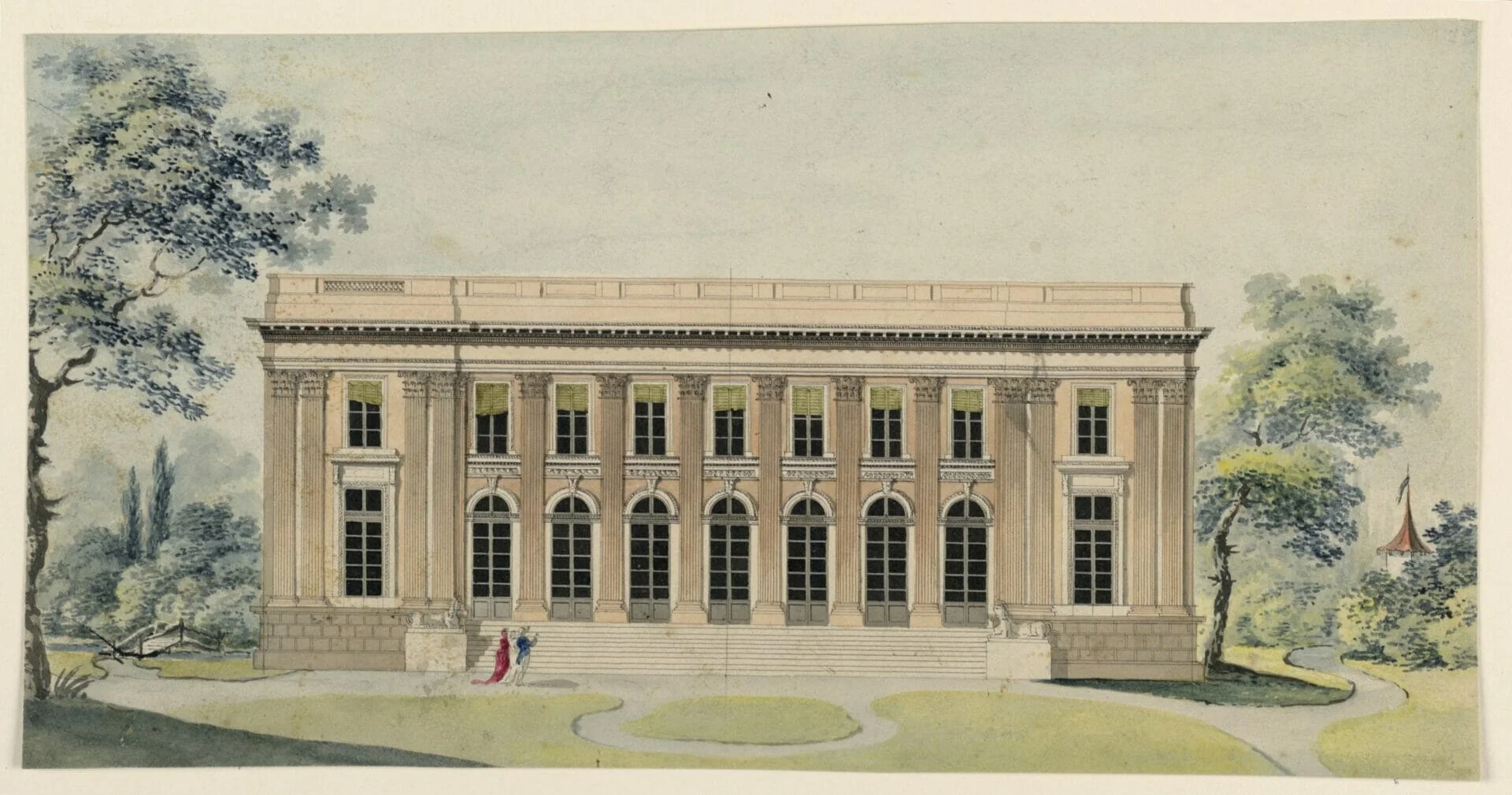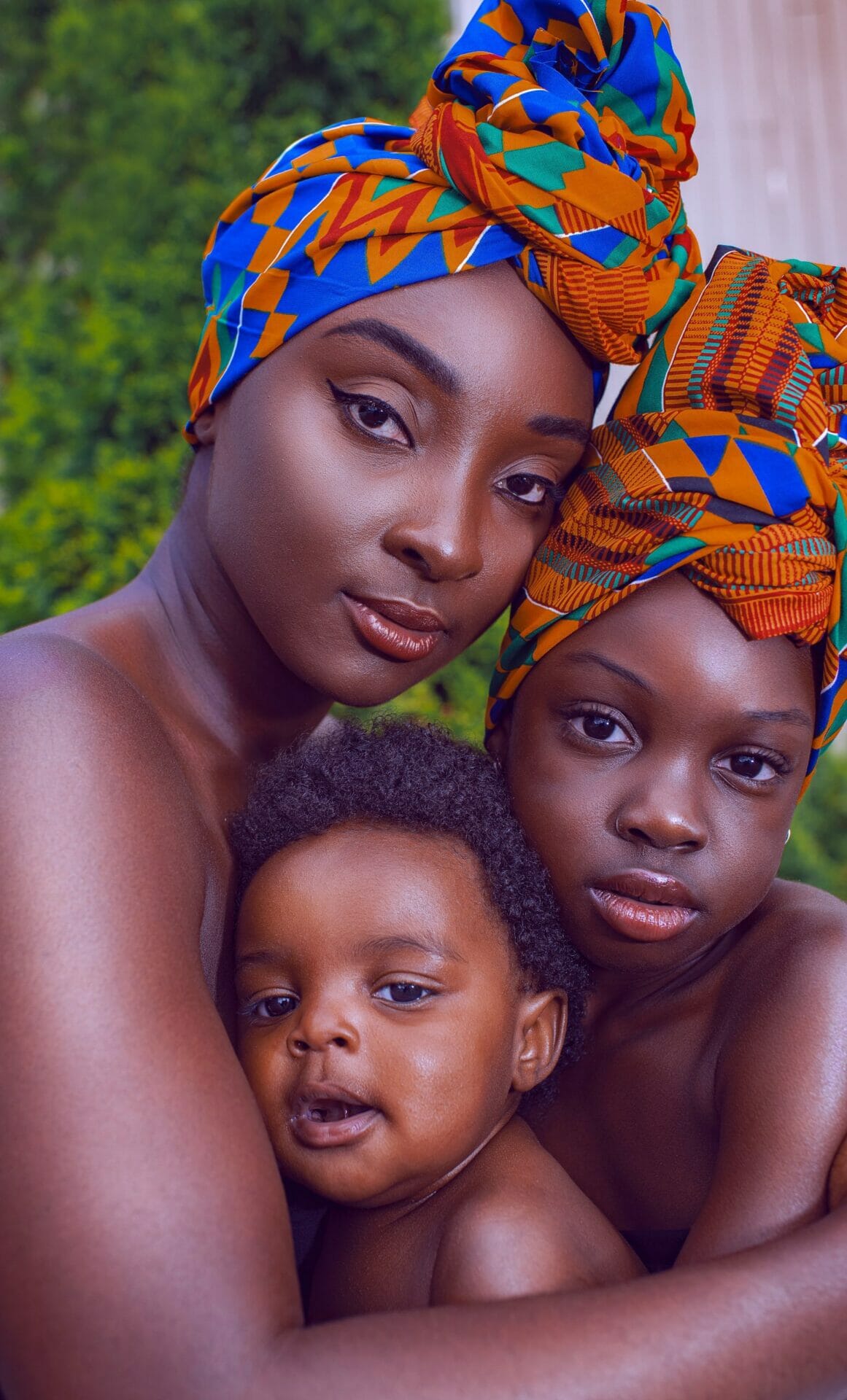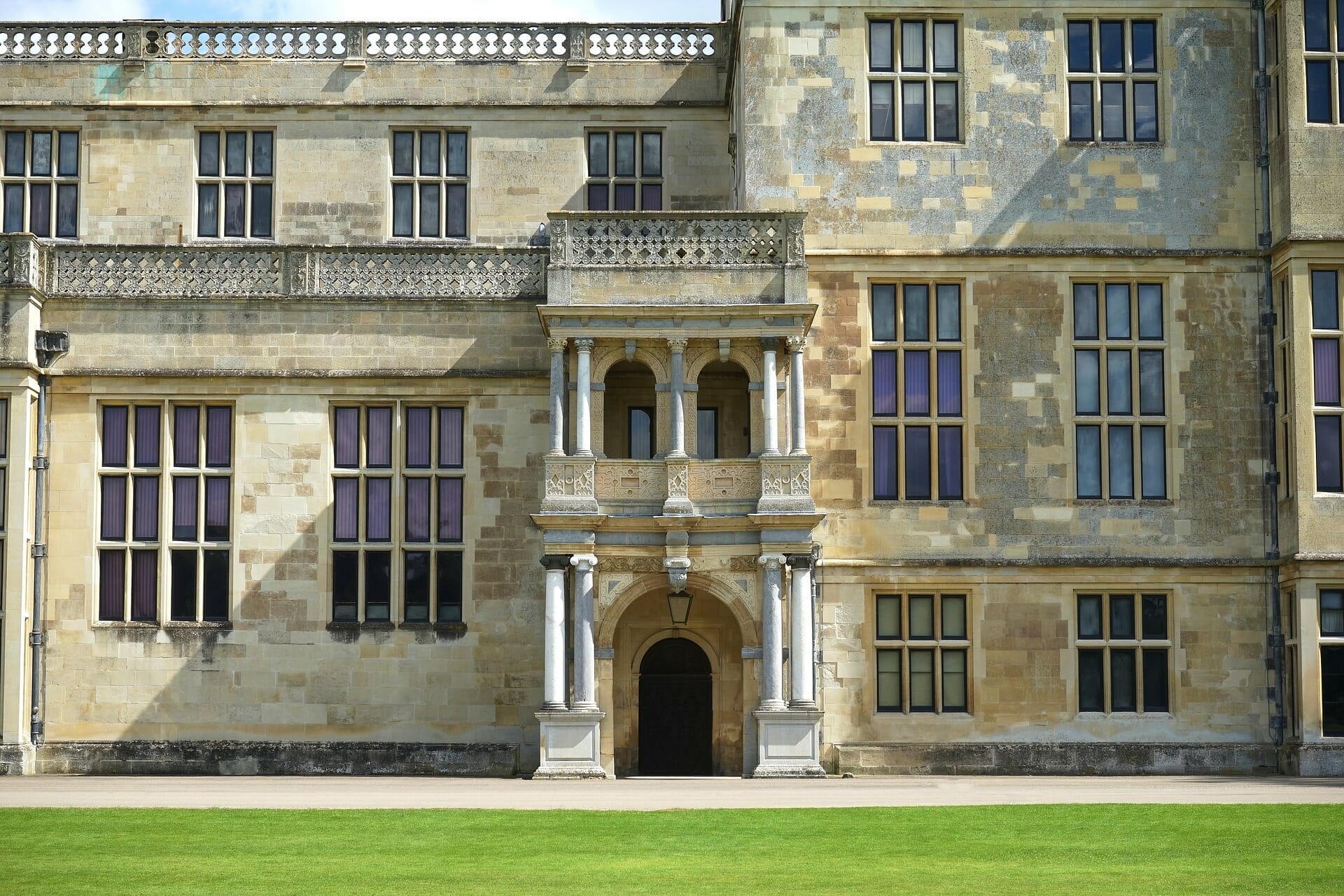
Pride and Prejudice | Where femininity builds masculinity
Author
Year
Format
Pride and Prejudice is one of the six novels, written in the early nineteenth century, that sealed Jane Austen’s reputation as one of the most prominent and well-known novelists in the English language. Sense and Sensibility, Mansfield Park, Emma, and Pride and Prejudice were all written between 1811-1816, and the latter is one of the most famous of Austen’s novels. It is set against a backdrop of a time when the Industrial Revolution was strongly changing England and its people. Rationality gave space to feelings, aristocracy gave space to the bourgeoisie, and new ideals of citizens replaced the chivalrous idea of masculinity.
This novel of manners, often labeled as a story about finding love, actually focuses on Georgian Society and on the ideal of man that the Revolution was bringing along.
Pride and Prejudice is not (only) about marriage
Pride and Prejudice follows the love story between Elizabeth Bennet and Fitzwilliam Darcy a wealthy aristocrat. Elizabeth is the second of the five daughters of a country gentleman and Mrs. Bennet, a traditional and nosey woman who wants to see all her daughter married. Mr. Darcy is the closest friend of Mr. Bingley, the gentleman who falls in love with and marries Jane, the eldest and most beautiful Bennet’s sister. Even though Austen makes clear that Darcy and Elizabeth are intrigued by each other, she constructs the whole novel on the fact that the pride of the former and the prejudice of the latter are severe impediments to their love.
Pride and Prejudice is about society, wedding, social expectations, and the meaning of being a woman in the 19th century. But, together with the portrait of Georgian, or pre-Victorian Society, the author’s depiction of men deserves notice, too. The author wants her men to be the best choice for her heroines and depicts them as perfect or, at least, she makes sure they become so.
Elizabeth and Darcy belong to a society where social status, income, and lifestyle make a real difference, as it often does. Marriage is nothing more than a solution to fill this gap, love is portrayed ironically as irrelevant. Darcy knows it well and proposes marriage to Elizabeth, thus offering her a way out that she needs, but does not want. Austen’s heroine knows she can’t choose, but she does so anyway. She chooses love over convenience, and she only marries Darcy when she is sure their union has nothing to do with a contract.
Elizabeth is the engine of Darcy’s change
In contrast to the other of Jane Austen’s male characters, whose characters are set in stone from the novel’s beginning, Darcy evolves throughout the plot. Because he profoundly and sincerely loves Elizabeth, and because of Mr. Darcy’s awareness of his flaws and his will to change to become the man Elizabeth could love, make him the first male character who deliberately changes for a woman.
When Elizabeth and Darcy meet, the latter lacks social graces and manners, and one can easily mistake his introversion for pride. He falls in love with the heroine and then fights against social distance, societal rules, and his own beliefs to propose to her. Her refusal triggers Darcy’s change. He wants to become the man she would say yes to, the man she wants and deserves. Darcy chooses to change for him, her, and their love.
In a novel where the antagonist is pre-Victorian Society, and the point of view is mainly feminine, the real protagonist is Mr. Darcy. He is the one who changes, evolves, and adapts, while the heroine stays still in the passive attitude society keeps her in and unconsciously gives him the starting point for the construction of his new masculinity.
An ageless ideal of masculinity
Modern society is full of examples of overtly excessive masculinity and dysfunctional relationships. Even though Austen’s construction of Darcy’s personality is now more than two hundred years old, it could be of use to a still patriarchal society.
As proof of Pride and Prejudice’s consistent novelty, numerous works take their inspiration from it. From the unconventional Pride and Prejudice and Zombies by Seth Grahame-Smith to Bridget Jones’s Diary and Bridgerton, that show that femininity and masculinity can help and construct each other, as Austen once suggested.
Tag
Buy a ☕ for Hypercritic







